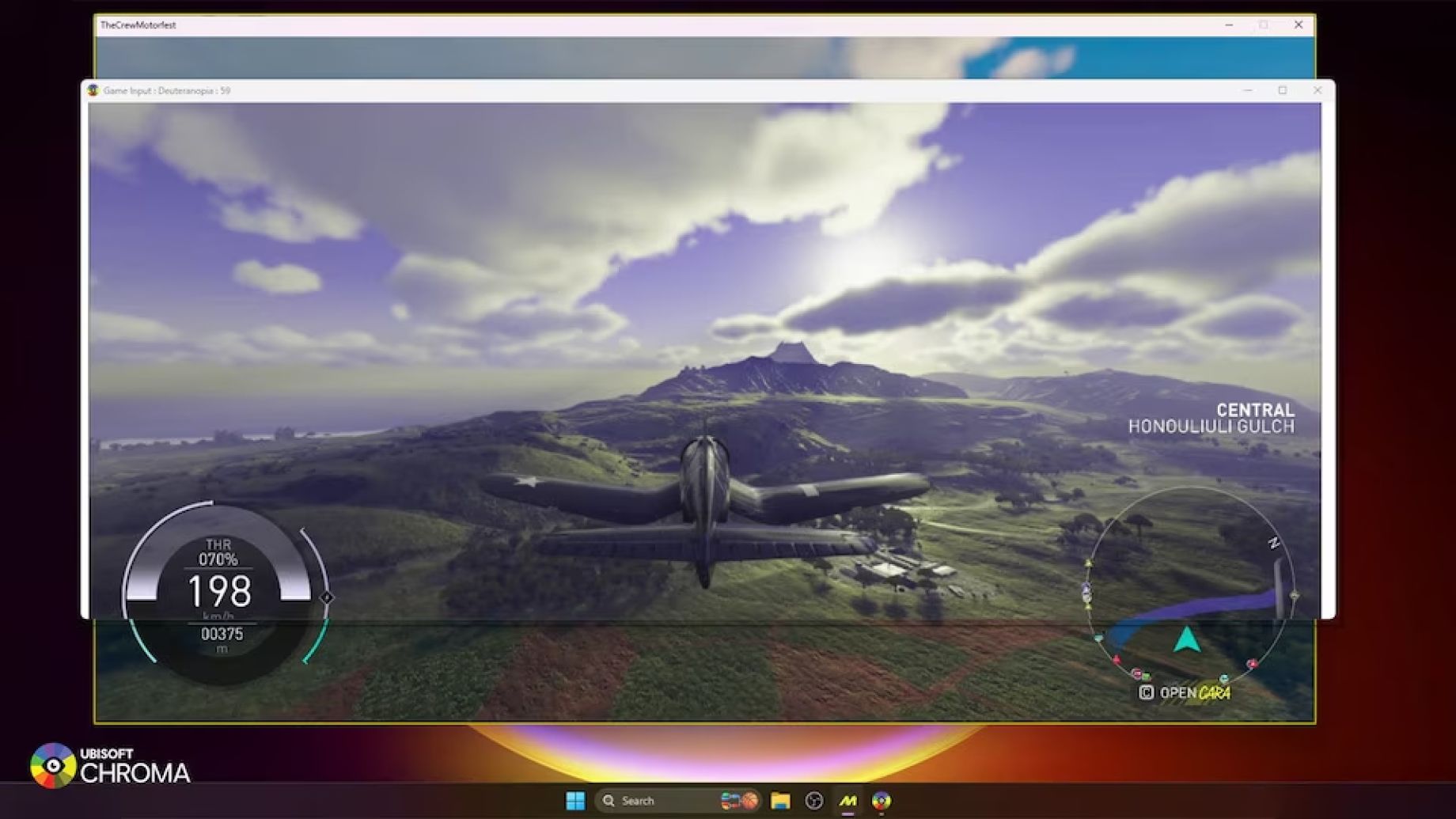A day in the life: a product designer at Figma
Natasha Tenggoro tells us about her day, from making meetings fun to launching Figma's new AI tools.
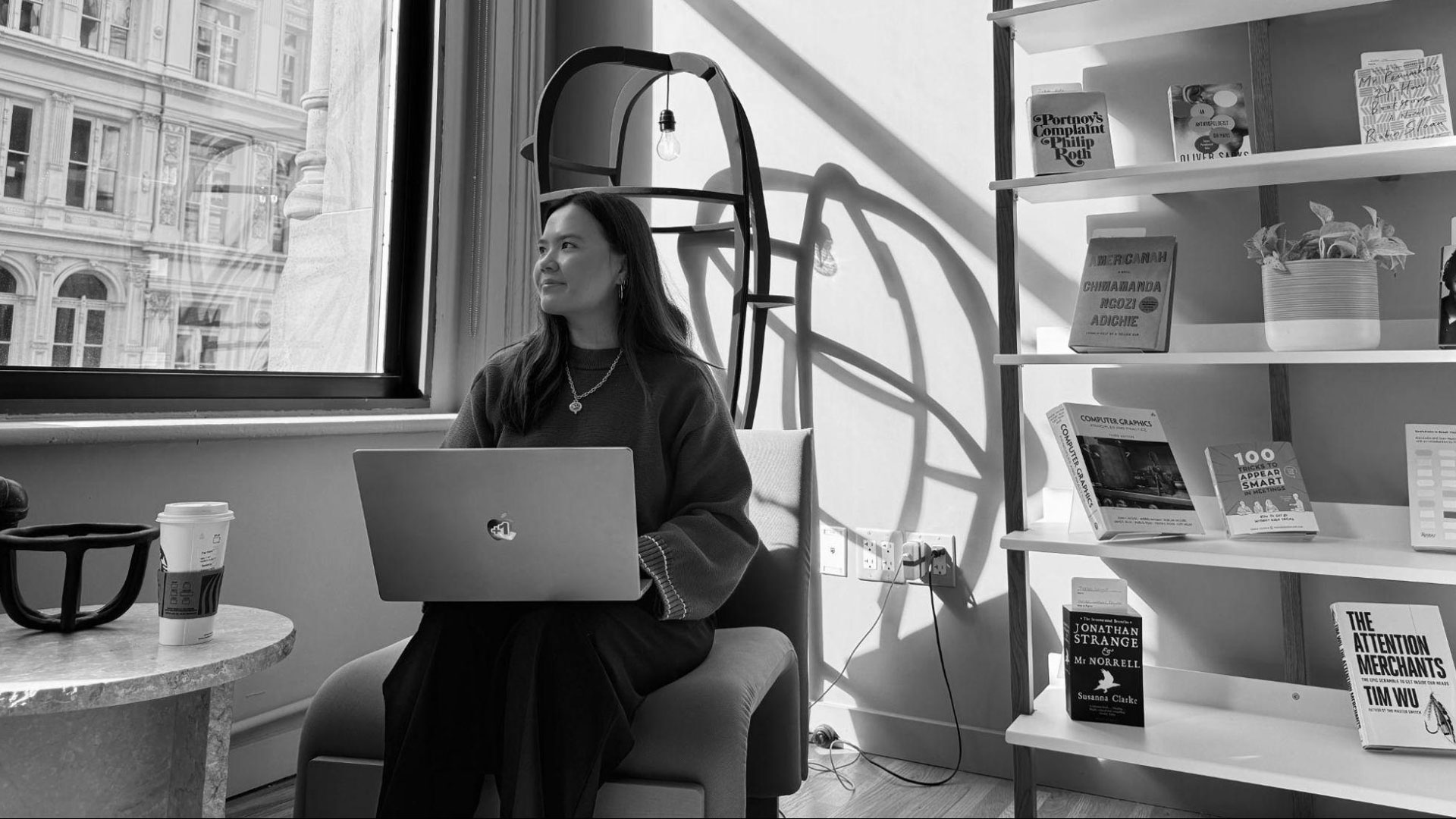
Natasha Tenggoro is a product designer at Figma, well known for its collaborative tool for interface design. Her work has included the recent launch of new native AI features in the company's FigJam interactive whiteboard.
We chatted with Tenggoro as part of our Day in the Life series to learn about the challenges and rewards of that project, as well as what her typical day looks like, from making meetings fun to solving problems in FigJam. She also provides some valuable advice for designers and businesses and a glimpse of what's next for Figma.
Tell me about a typical day in your role
Taking breaks throughout the workday is not my forte, so my mornings are sacred! I usually start the day with some coffee, bobbing my head to music (lots of Sade), and unloading the dishwasher. Though Figma is a global company, most of my FigJam colleagues are based in California and I’m based in Toronto. I work as a product designer, so, my earlier start time allows me to dedicate my mornings to deep design work, sketching new ideas, and preparing for team syncs while my afternoon is more steeped in meetings.
While most meetings deservedly get a bad reputation, our FigJam team has found a way to make them fun. In our Monday team weekly, we spend about 15 minutes in a large kickoff FigJam board sharing and reacting to pictures from our weekend. The experience reminds me of doodling in your notebook at school as a way to slowly ease your brain into first period – but this time, we’re all collectively doing it as adults and getting to know each other in the process. Highly recommend!
Besides project check-ins, design reviews with my engineers, cross-functional one-on-one’s, and crits with the design team, I put aside longer, more focused blocks of time in the evening to get some Real Design Work™ done. I could be mocking some things out or prototyping an interaction, but all of it is just problem solving for Figma and FigJam, in Figma and FigJam.
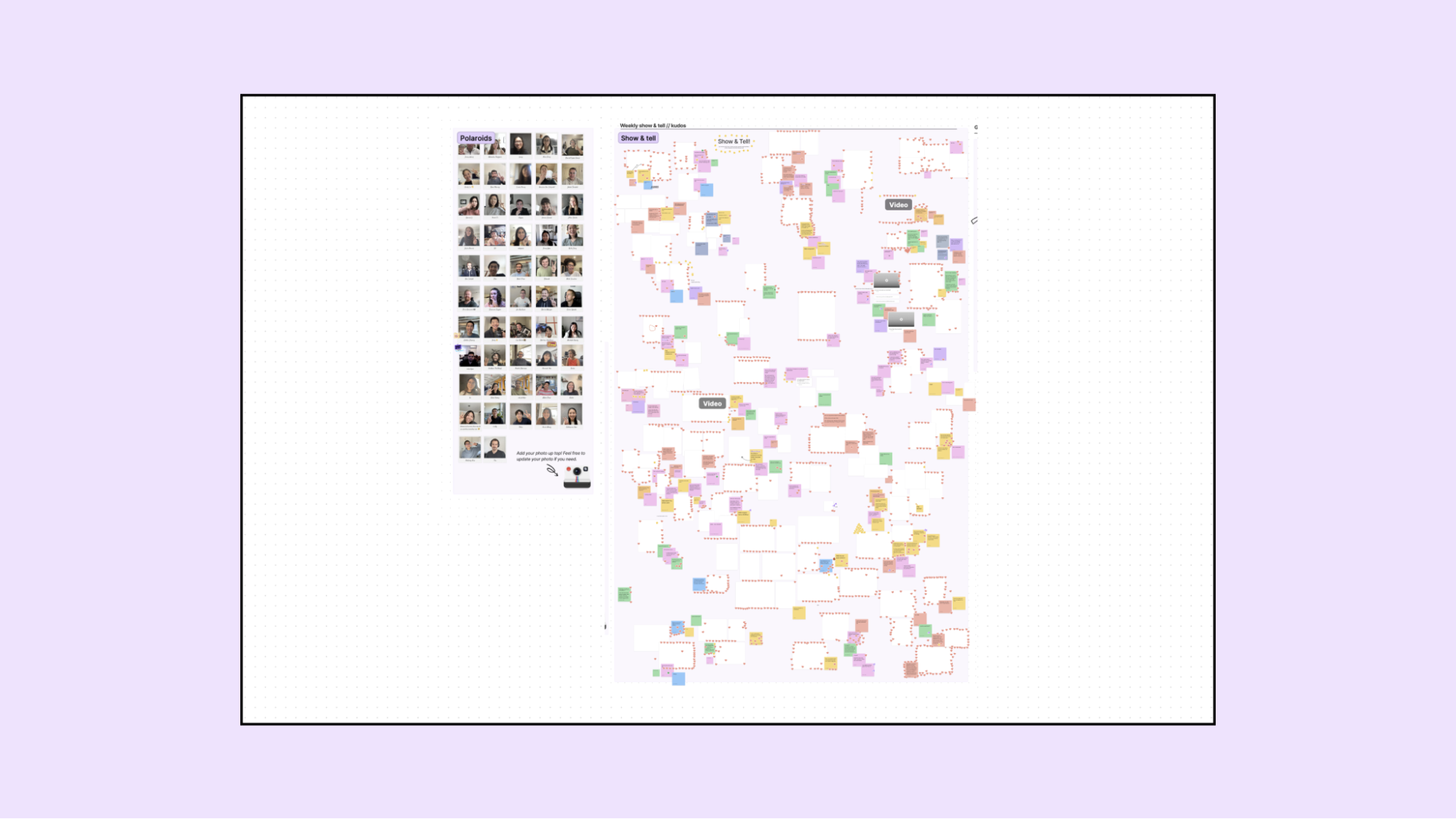
Why should businesses value design?
This question often comes up, often in the same breath as “Should designers have a seat at the table?” or “Should designers code?”. It might be more useful to reverse the question and ask: which companies have consistently championed good design? Research from McKinsey shows “companies with high-performing design practices have as much as doubled their revenue growth compared to their competitors.” Said even more directly: it pays to invest in design.
I think we’ve recently pivoted beyond the “Why” and have started more deeply questioning the “How”. Design presence feels like table stakes, but how designers are being empowered, equipped and utilised is sometimes a harder debate to have. Especially when we consider emerging themes around AI, it’s important to have curious and creative thought-partners in the room skilled at conceptualising a future that could be, while championing a mindset that things are always evolving.
If you want to see the impact of design play out in pop culture, I highly recommend watching Air and Blackberry, two biographical films that retell how far good and bad design decisions can cement your company's legacy in history.
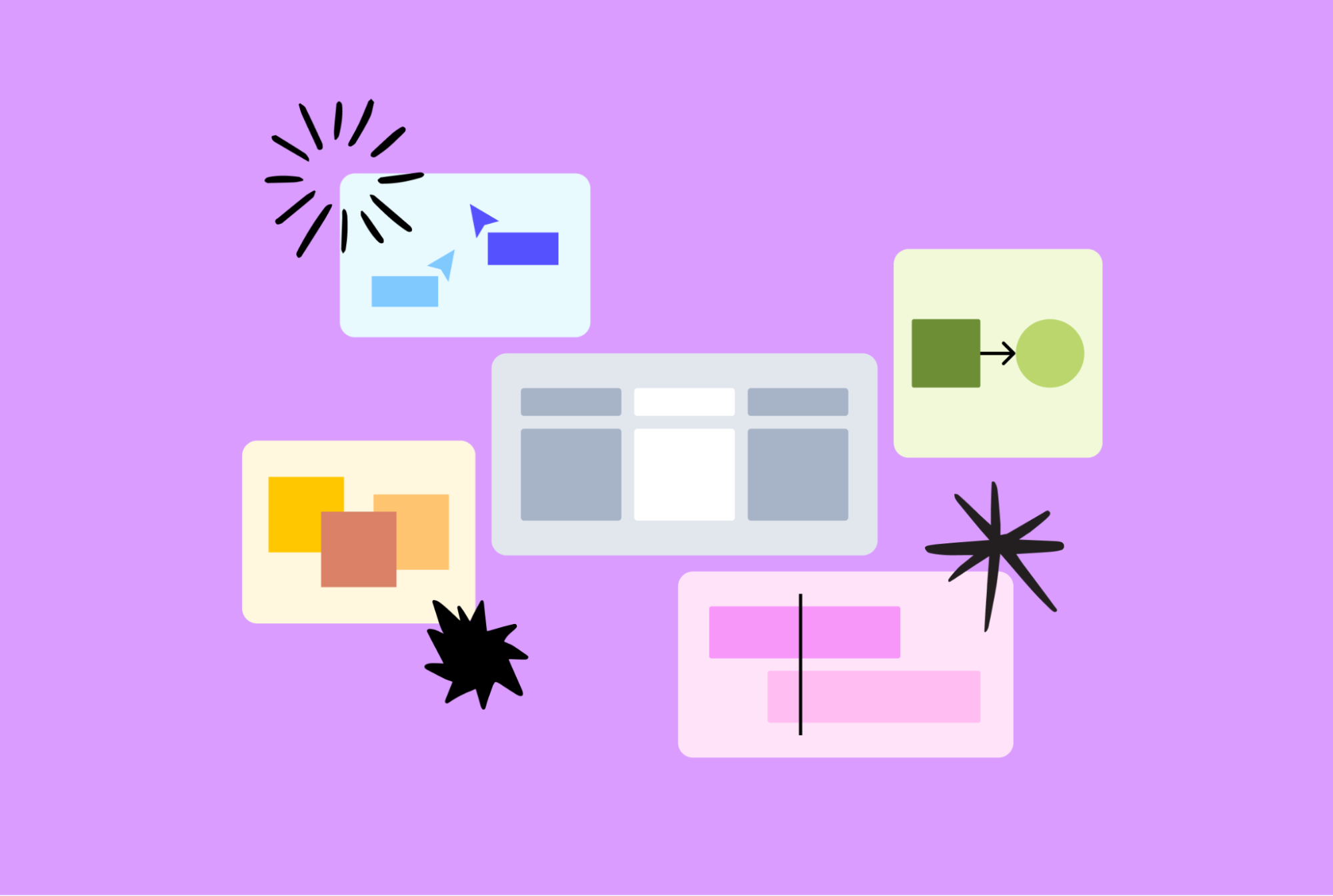
What projects are you working on at the moment?
I work on FigJam - a space where teams can meet, jam, and get work done - and we just had one of our biggest launches of the year. A majority of the last three months have involved design explorations aimed at visualising the near and long-term application of AI, and how we implement Figma’s first suite of native AI features to meet the needs of our community.
We believe that through this use of AI in FigJam, we’re giving folks a fresh starting point to approach a meeting or project and letting them automate the most tedious tasks that break our flow and slow creativity down.
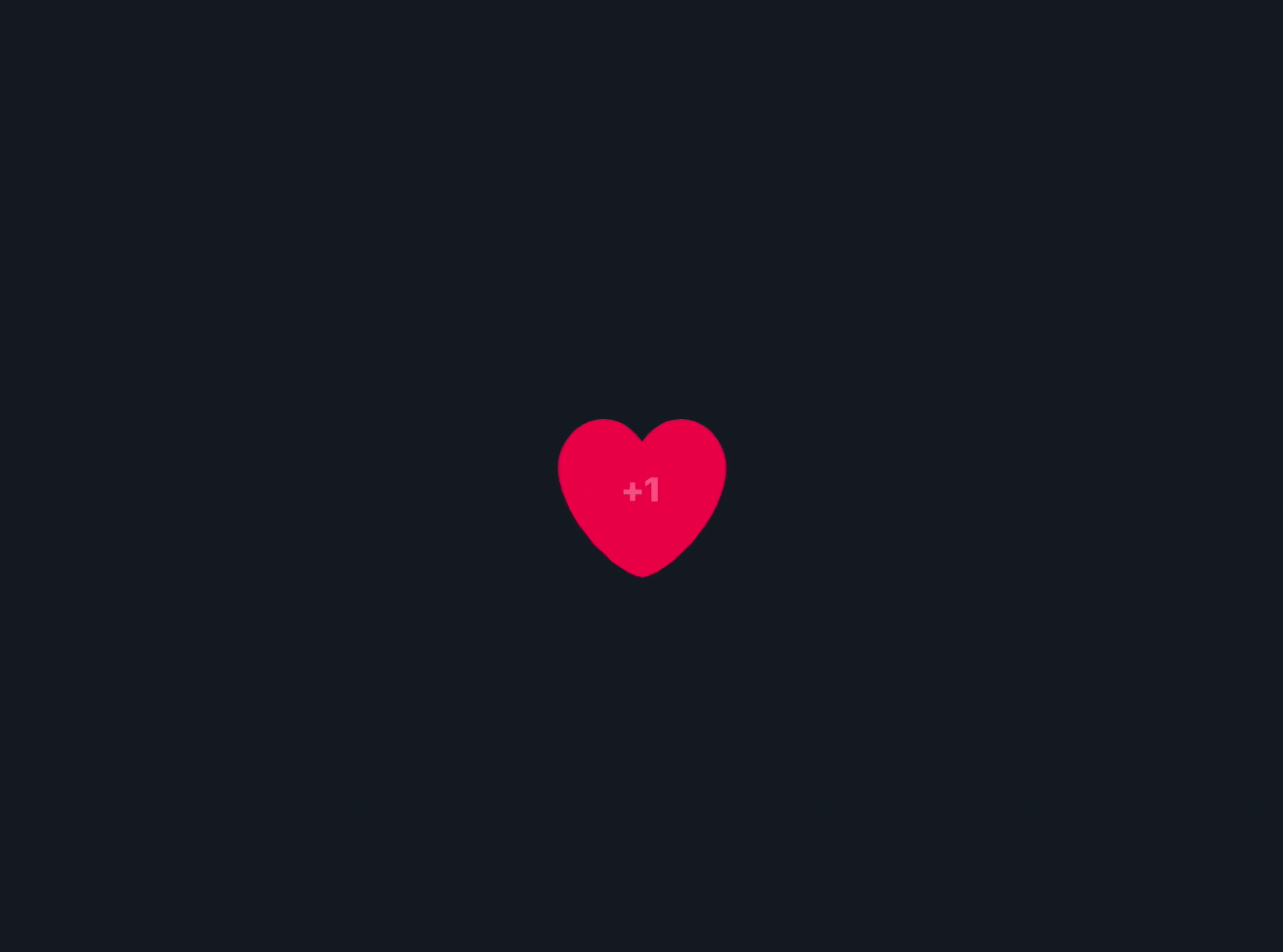
Which project are you most proud of?
I’d be remiss not to mention the FigJam AI launch. There is something deeply fueling about working scrappily with a passionate team of talented folks focused on executing towards a tight deadline while experimenting with new technology.
The psychology of the experience is wild — we’re both simultaneously excited about the solution and doubting the progress we’re making, while understanding it’s all part of the process. It comes with a wave of emotion — low lows, and high highs but when user feedback rolls in and you get to see the impact of your efforts benefit others, the work feels so rewarding.
I’m also just proud of designing a tool and experience that is actually fun and personal. So many hours of our days, weeks, years are spent in various tools — and something like 80% of us don’t actually like the tools that we’re using. To create something bucks that trend and brings connection back to work is joyful.
Totally separately, I'm also very proud of the first-like button animation I made for Twitter during its pre-Elon days.
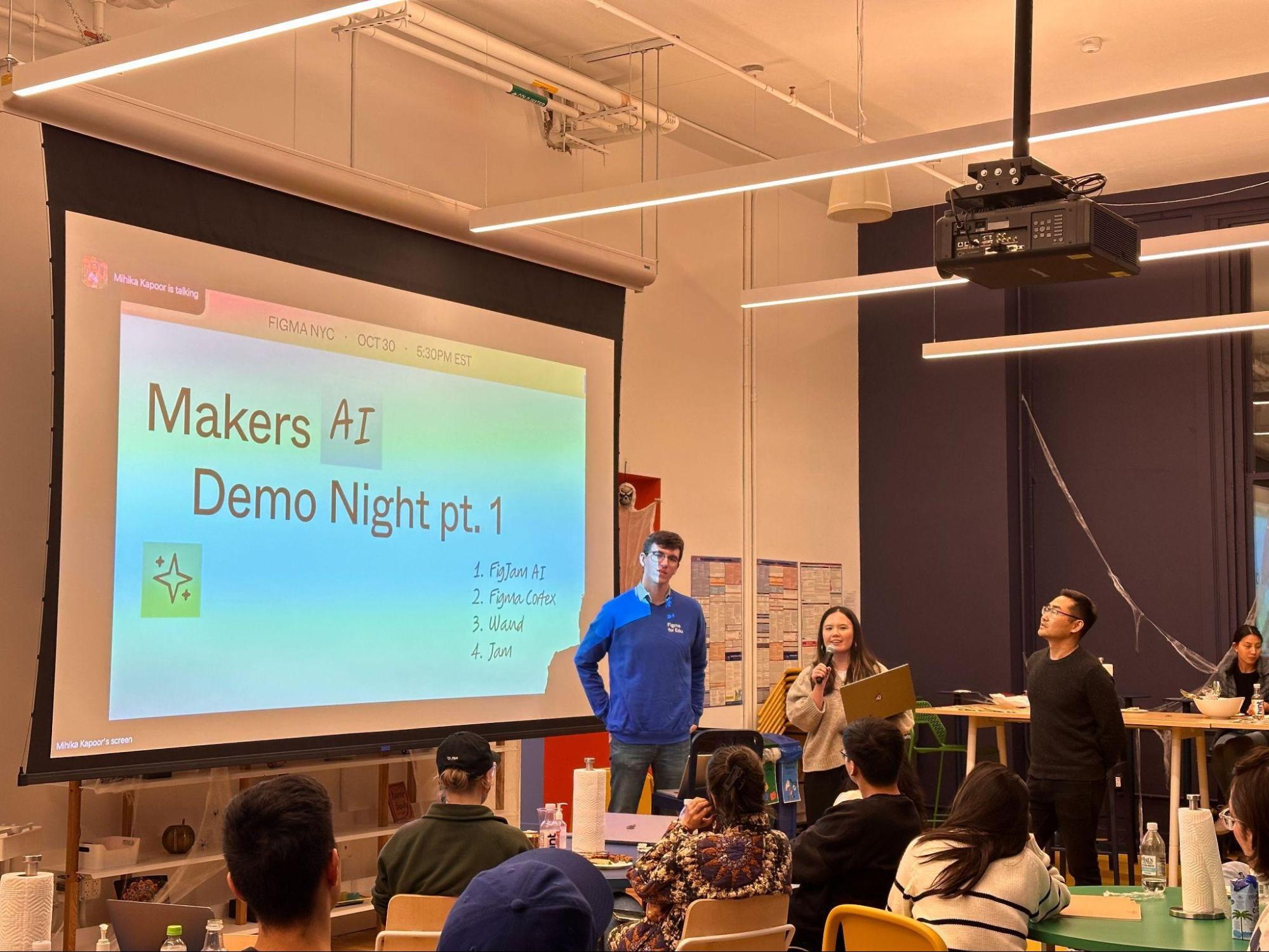
Tell me about a challenge you faced and how you approached it
I’m sure many designers face this, but it’s always challenging to ship both the more tactical, required design work of today while simultaneously defining an ambitious and holistic vision for the future, which rang true for the FigJam AI launch. There were instances where I had to embrace the discomfort of maintaining the ground-level view and 40K-foot view for the project, without getting the bends.
Despite that, building this overall muscle as a designer almost always produces better work. It’s a helpful forcing function for your team to not be myopic and build features in isolation, have healthy debates on what really needs to be prioritised, and craft a compelling story along the way.
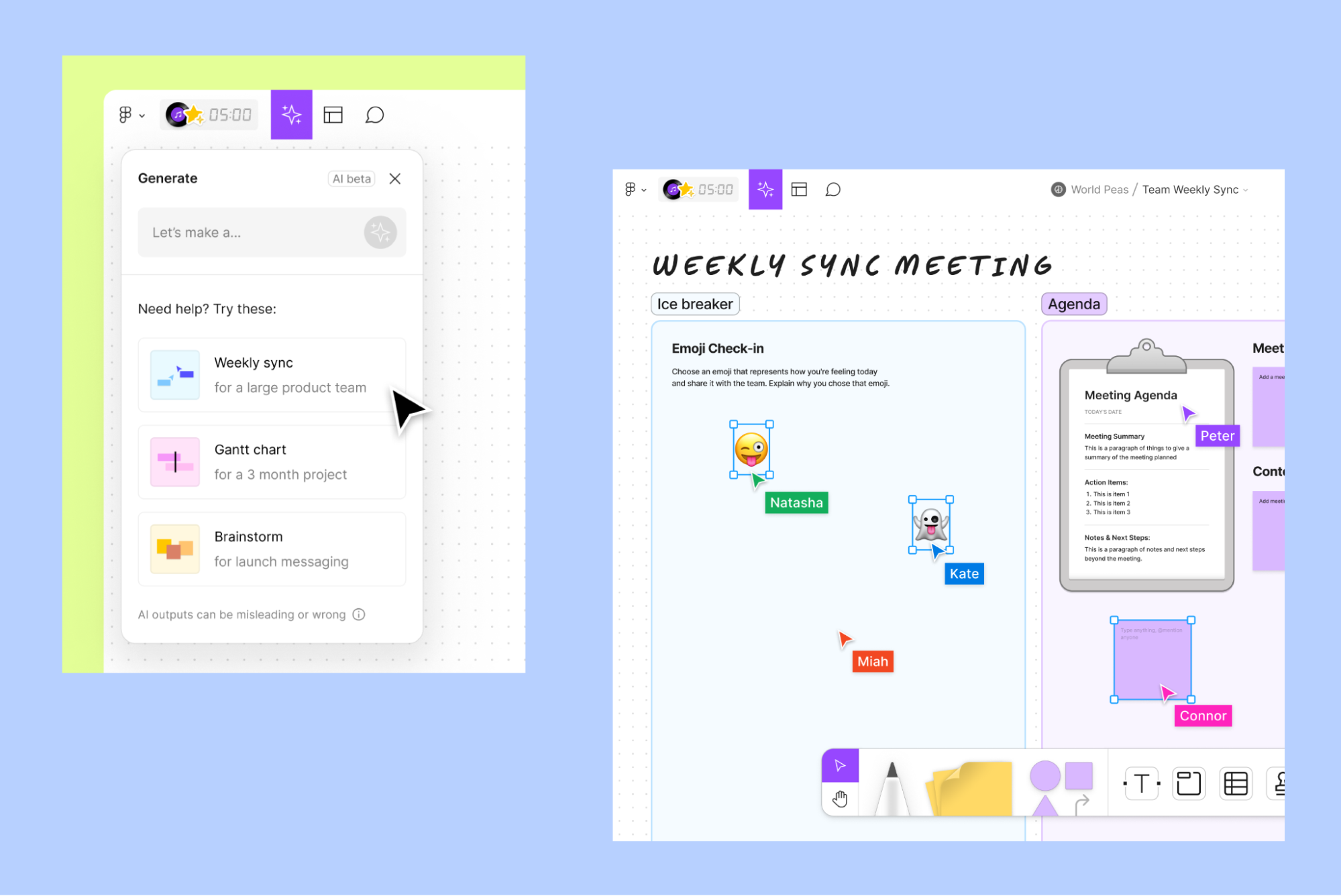
What advice would you give someone who wants to work in product design?
Nothing beats making something and sharing it with people. Many designers earlier in their career tend to over-intellectualise the “design process”. The reality is the creative process is messy and nonlinear. I’d encourage early designers to continue to play, get comfortable building ideas that inspire you at whatever fidelity, get feedback, and do it over and over again.
Besides that, inspect and unpack the work of people you admire. Measure success based on your progress, not your perfection. Invest in your community and collaborators so the journey feels like the best part of the job. Take your time, you aren’t behind. And hard work is valuable; keep going and don’t be afraid to show how much you care.
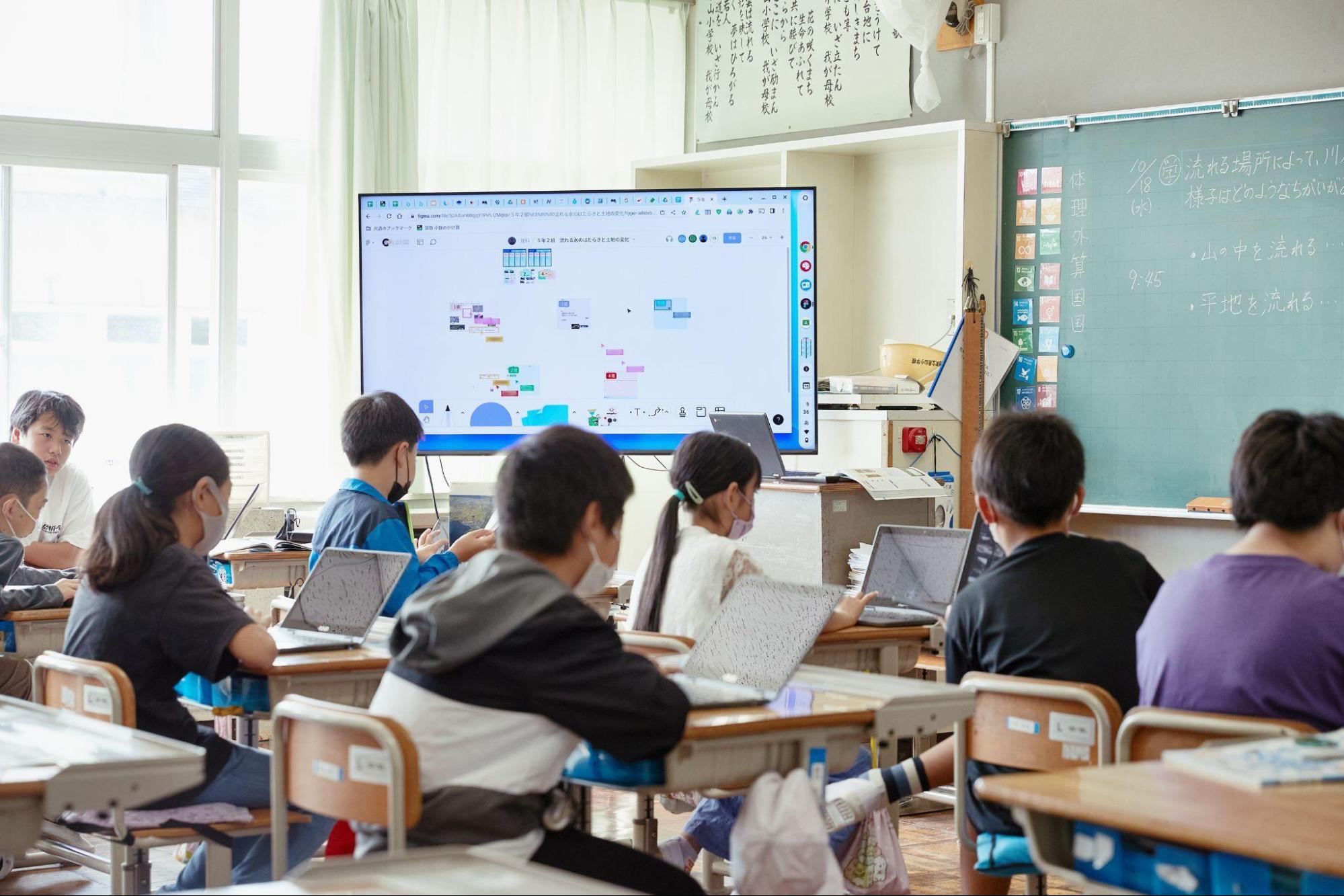
What tips would you give someone who wants to progress within their company?
Be the designer who thrives on solving problems. The more those problems align with company outcomes, the more rocket fuel you’ll add to your career. It’s always helpful to continuously add facets to your own personal language of influence. It could be great business acumen, skillful prototyping, or persuasive storytelling – whatever it is, find 2-3 assets that complement your strengths and consistently apply it to your context. Be known for something! Also being kind and staying humble along the way never hurts.
What's your dream project?
Anything with Nathan Fielder.
What career advice would you give your younger self?
It’s okay to make mistakes. Don’t be afraid to take up space. Be patient with yourself and your growth. You’ll figure it out eventually!
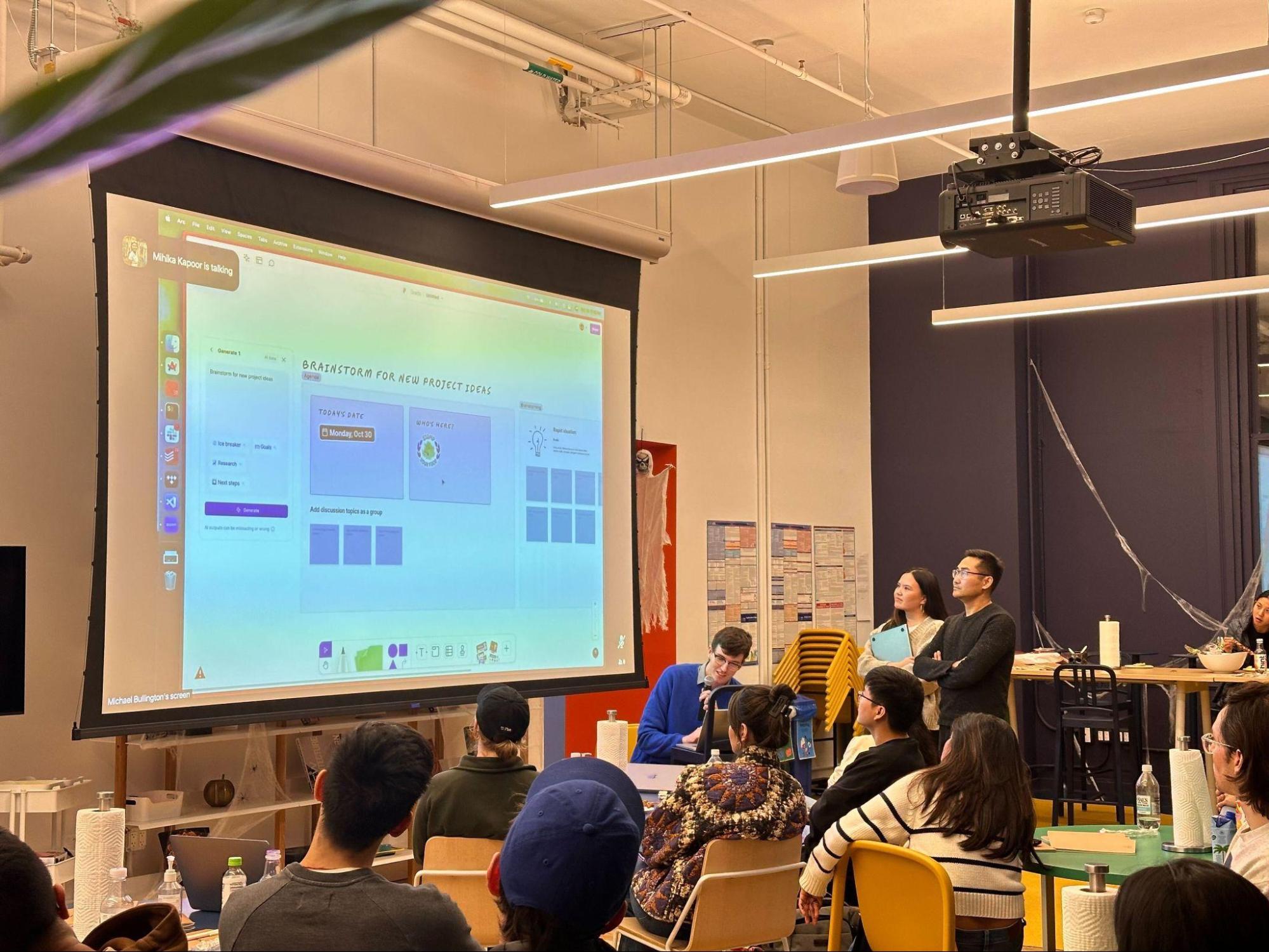
What's next for Figma?
With the additions of FigJam and Dev Mode, Figma is bringing more folks into the product design and development process, and redesigning the way entire teams work together. We’re excited to see how the product building process becomes even more inclusive — as product managers, engineers, researchers, marketers all use Figma’s products.
On the FigJam side, it’s been so gratifying to see adoption within Figma’s youngest cohort of users: students! We’ve made big investments in our education program (including a recent launch into Japan) and I’ve been blown away by the ways that students as young as five years old are using FigJam — from math proofs to history lessons. I cannot wait to see what this future generation of designers builds.
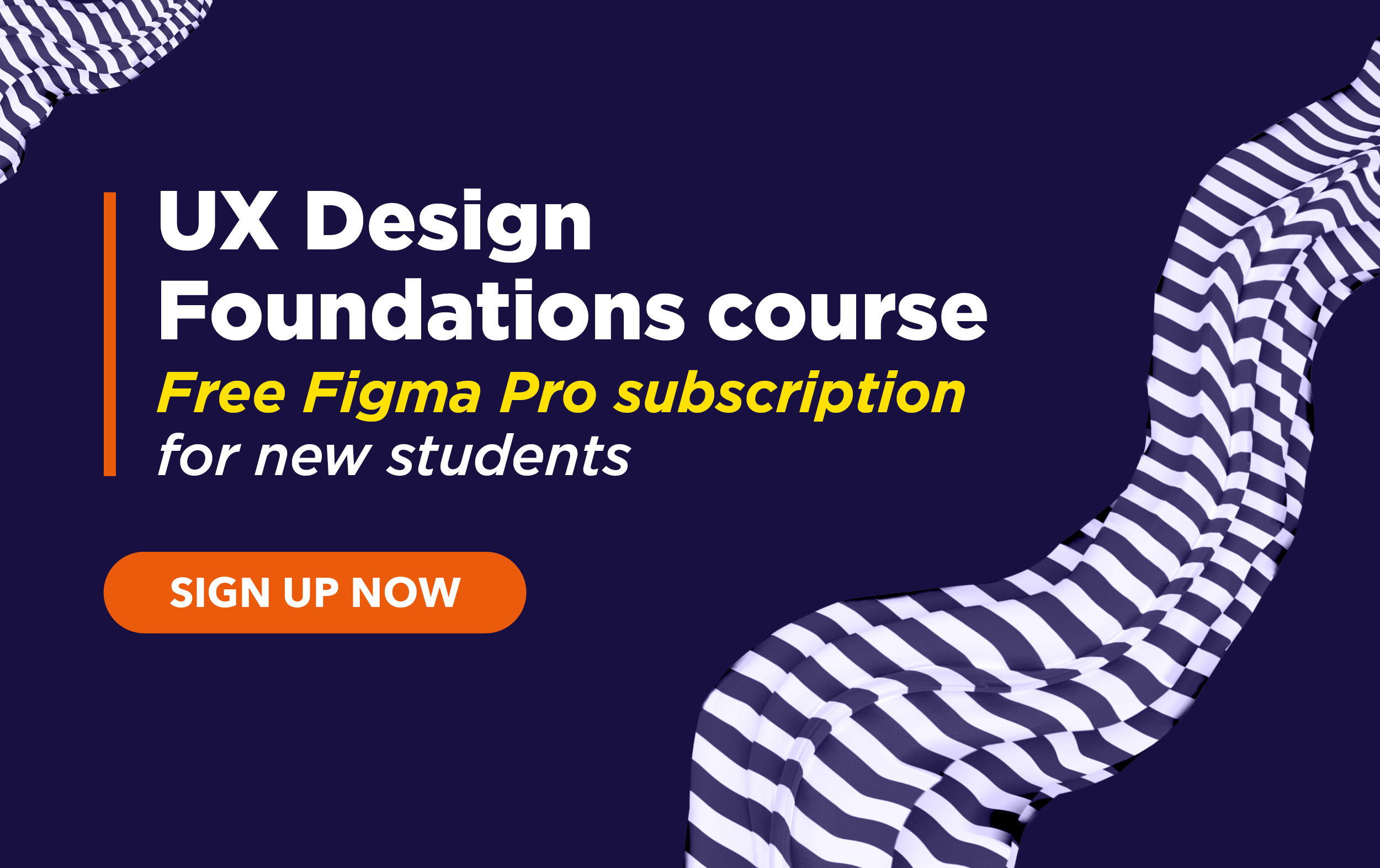
Want to get a free Figma Pro subscription? Sign up to Creative Bloq's UX Design Foundations course. Offer ends on 31 December 2023.
Get the Creative Bloq Newsletter
Daily design news, reviews, how-tos and more, as picked by the editors.

Thank you for reading 5 articles this month* Join now for unlimited access
Enjoy your first month for just £1 / $1 / €1
*Read 5 free articles per month without a subscription

Join now for unlimited access
Try first month for just £1 / $1 / €1
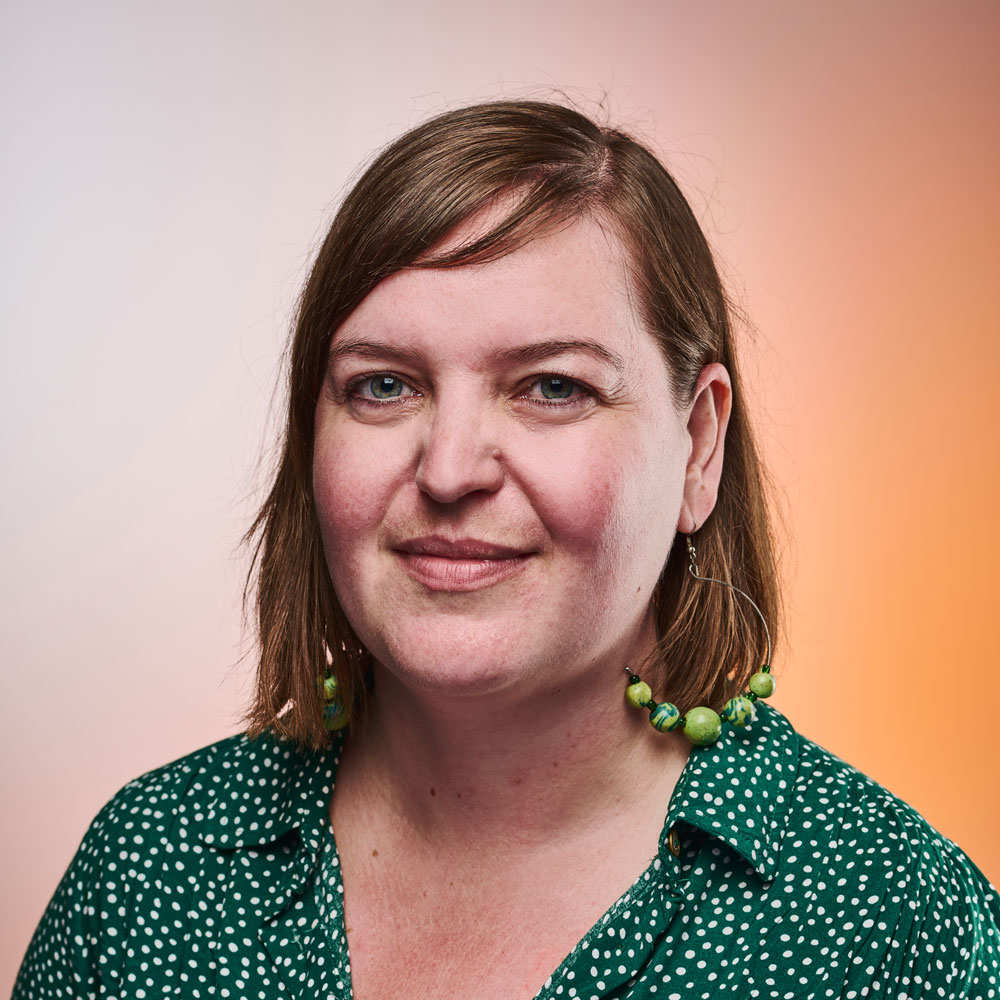
Rosie Hilder is Creative Bloq's Deputy Editor. After beginning her career in journalism in Argentina – where she worked as Deputy Editor of Time Out Buenos Aires – she moved back to the UK and joined Future Plc in 2016. Since then, she's worked as Operations Editor on magazines including Computer Arts, 3D World and Paint & Draw and Mac|Life. In 2018, she joined Creative Bloq, where she now assists with the daily management of the site, including growing the site's reach, getting involved in events, such as judging the Brand Impact Awards, and helping make sure our content serves the reader as best it can.
